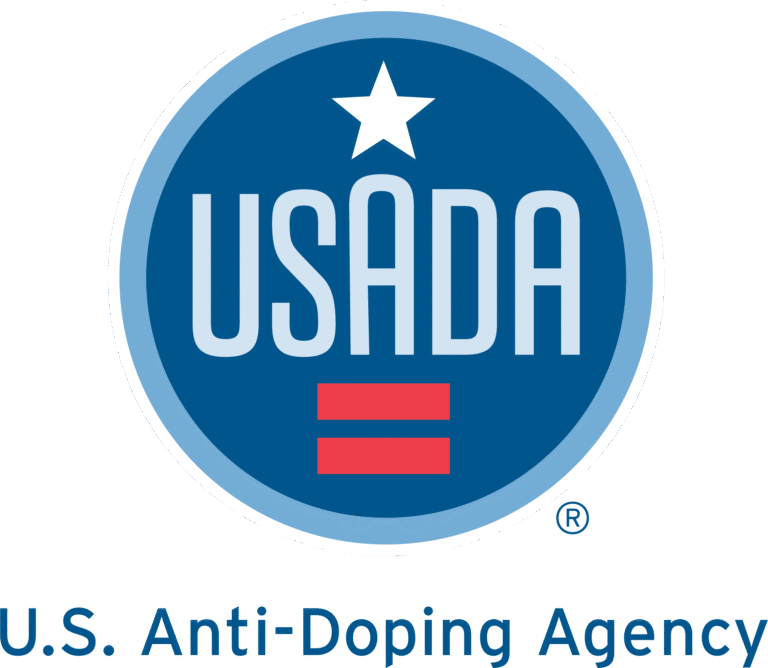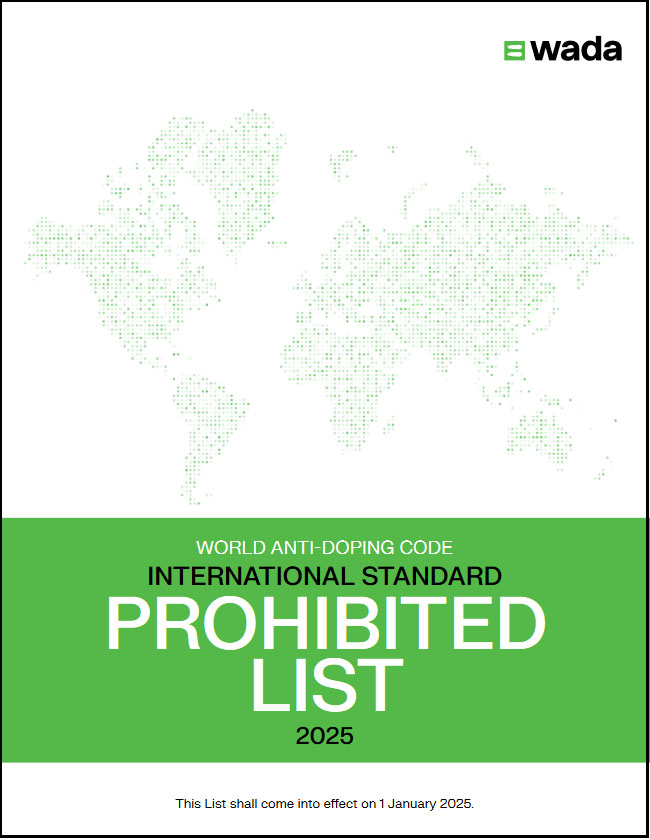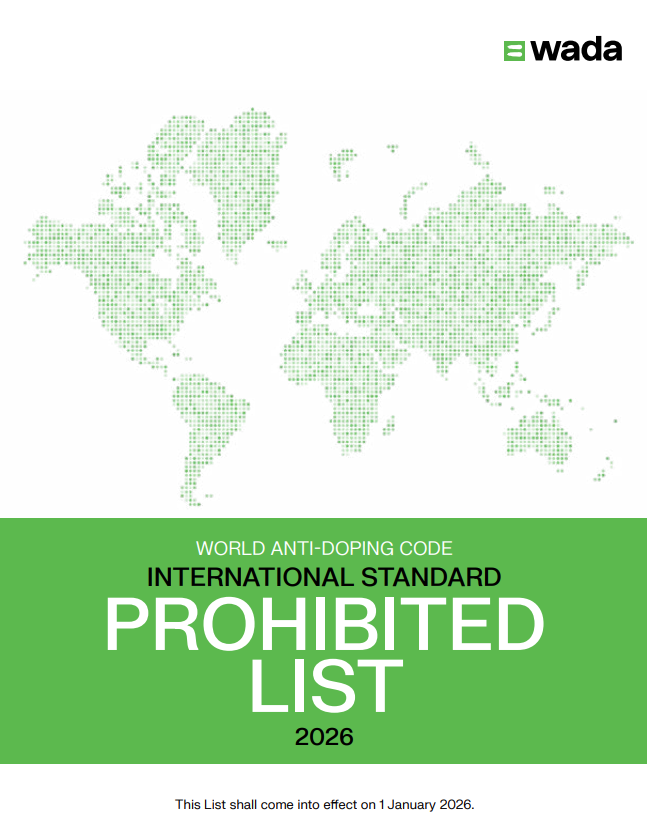2025 Prohibited List
Who is this for?
Athletes, Coaches, Health Professionals, and Support Personnel
2026 Prohibited List
Who is this for?
Athletes, Coaches, Health Professionals, and Support Personnel
Additional Prohibited List Information
Athlete Guide to Anti-Doping
A directory of articles written by USADA, covering many substances and methods listed in The Prohibited List.
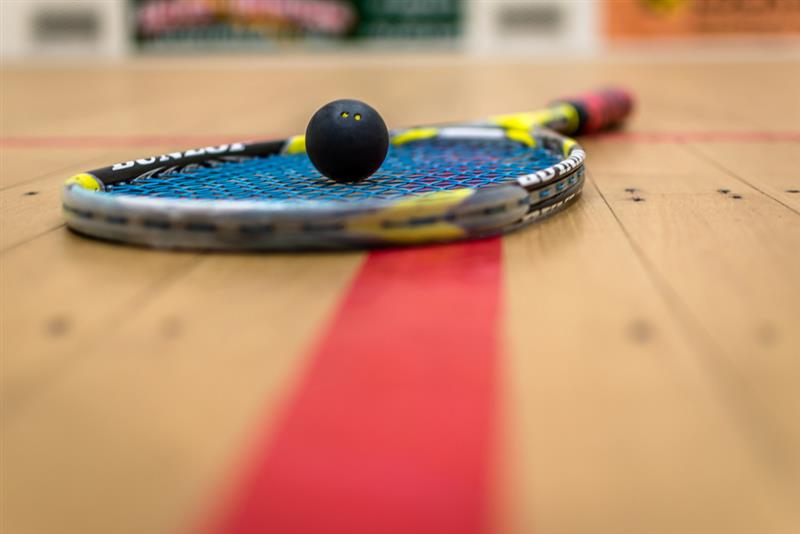
Summary of Modifications - 2025 WADA Prohibited List
A brief overview of the changes made by WADA to this year’s Prohibited List

Monitoring Program - 2025 WADA Prohibited List
A list of substances and methods currently being monitored by WADA for potential future inclusion on The Prohibited List.
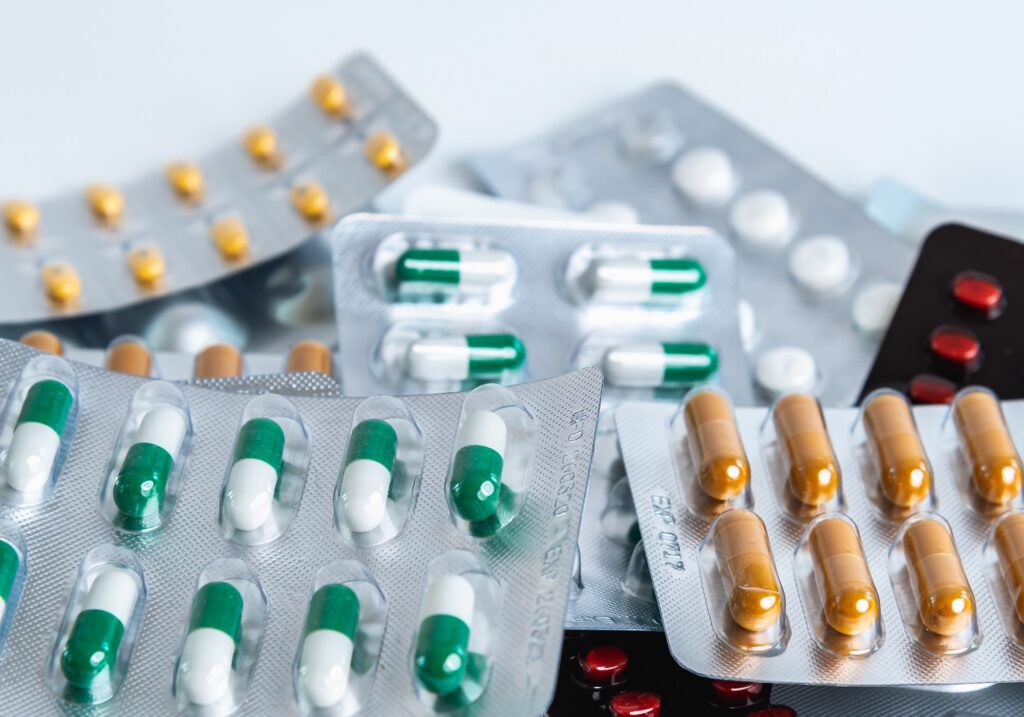
Summary of Modifications - 2026 WADA Prohibited List
A brief overview of the changes made by WADA to this year’s Prohibited List

Monitoring Program - 2026 WADA Prohibited List
A list of substances and methods currently being monitored by WADA for potential future inclusion on The Prohibited List.
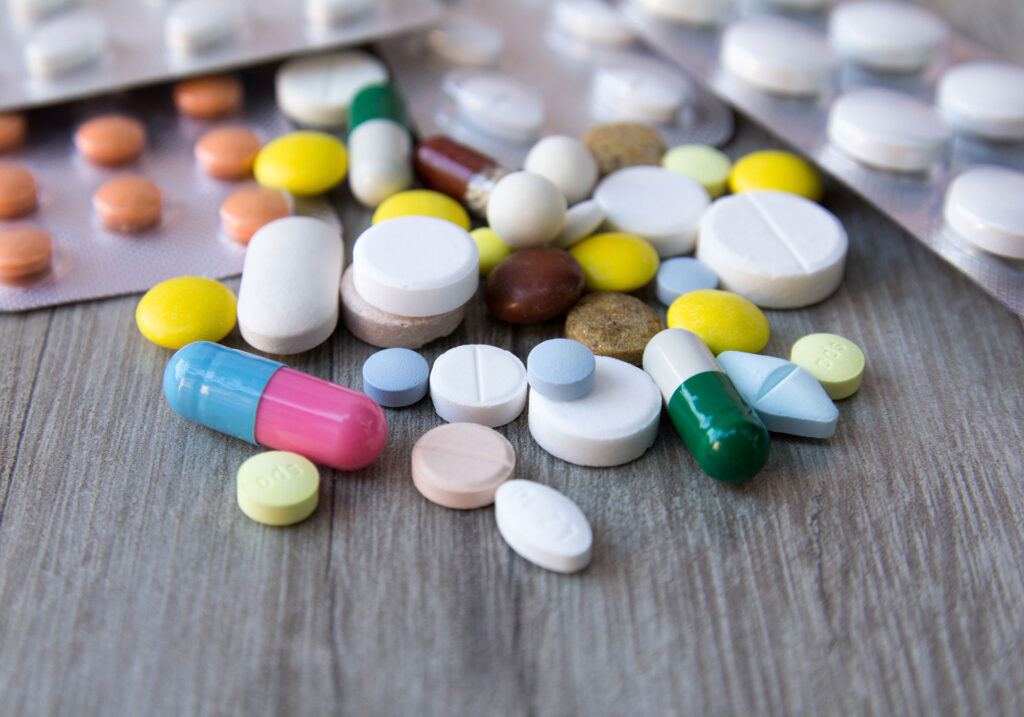
IV Infusions
Explanatory Notes
These articles answer common questions and cover the rules around intravenous injections and infusions, regardless of the substance, as outlined in the WADA Prohibited List.
Recent Posts
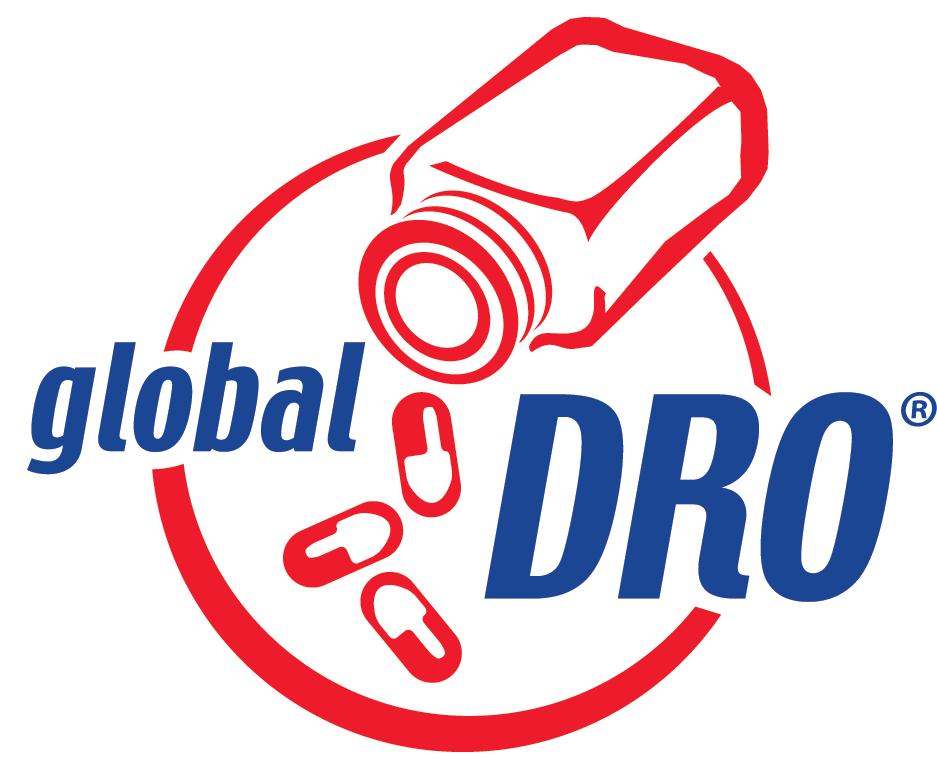
How to Use
Global DRO®
Substance Consideration Process
How does a substance or method get considered for the WADA Prohibited List?
Typically, a substance or method will be considered for the WADA Prohibited List if the substance or method meets any two of the following three criteria:
- It has the potential to enhance or enhances sport performance
- It represents an actual or potential health risk to the athlete
- It violates the spirit of sport
Have a question?
Contact USADA's Drug Reference Team
Have you checked the status of your medication online with GlobalDRO.com?
Still have questions on prohibited substances and methods?
Phone: 719.785.2000 (option 2)
Or fill out the form.
Frequently Asked Questions
Prohibited List
Click on the question to drop down the answer.
Which organization determines the substances and methods that are prohibited?
The World Anti-Doping Agency has a committee, composed of experts from around the world who consider input from interested stakeholders and determine the list of Prohibited Substances and Methods. All signatories to the WADA Code follow the WADA Prohibited List.
Which substances and methods are prohibited?
The WADA Prohibited List identifies those substances and methods that are prohibited at all times (both in-competition and out-of-competition), only in-competition, and only in specific sports. The List is updated and published annually. You can also check the prohibited status of your medications on GlobalDRO.com.
Who can be contacted with questions about prohibited substances?
The WADA Prohibited List should be referenced to determine which substances are prohibited, but USADA provides a number of drug reference resources to help athletes understand which substances are prohibited. To see if a specific medication or ingredient is prohibited, please visit GlobalDRO.com. Additionally, USADA provides a drug reference phone line. Due to the current regulatory framework in the supplement industry, USADA is not able to tell athletes what dietary supplement products are safe to take. For more information on why, and to understand the risks associated with using supplements, please visit Supplement Connect.
How does a substance or method get included on the WADA Prohibited List?
A substance or method will be considered for inclusion on the WADA Prohibited List by the WADA List Expert Advisory Group if the substance or method meets two of the following three criteria:
- It has the potential to enhance or enhances sport performance.
- It represents an actual or potential health risk to the athlete.
- It violates the spirit of sport.
Can I participate in a clinical trial for an experimental medication?
Before participating in a clinical trial, you need to call or email the USADA Drug Reference Line to determine if a Therapeutic Use Exemption is required. A drug in development and undergoing clinical trials could be considered prohibited if it falls into one of the categories of banned substances on the WADA Prohibited List, or if it has the potential to be performance enhancing.
Marijuana FAQ
Answers to Common Questions Regarding Marijuana and Cannabinoids
USADA is a signatory to the World Anti-Doping Code, which helps harmonize anti-doping efforts across sports and around the world. The World Anti-Doping Agency (WADA) maintains the Code, as well as the Prohibited List and International Standards.
The WADA Prohibited List identifies marijuana and cannabinoids as substances that are prohibited in-competition. Unless an athlete has an approved Therapeutic Use Exemption (TUE), the use of substances when they are prohibited in sport may lead to an anti-doping rule violation and sanction.
As some states have passed laws decriminalizing the use of marijuana, USADA has received more questions from both athletes and the public about marijuana and anti-doping rules.
Below, you’ll find detailed answers to some of the most commonly asked questions about marijuana, anti-doping rules, and health effects. USADA is always available to help with additional questions you may have about marijuana and cannabinoids via phone at (866) 601-2632 or by email at drugreference@USADA.org.
What is cannabis?
Cannabis is a plant that contains more than 100 biologically active chemical compounds called cannabinoids. The most commonly known compounds are delta-9-tetrahydrocannabinol (THC) and cannabidiol (CBD). Parts of the Cannabis sativa plant have been controlled federally in the U.S. under the Controlled Substances Act (CSA) since 1970 under the drug class “Marihuana” (commonly referred to as “marijuana”). “Marihuana” is listed in Schedule I of the CSA due to its high potential for abuse, which is attributable in large part to the psychoactive effects of THC, and the absence of a currently accepted medical use of the plant in the United States.
What is marijuana?
According to U.S. law, marijuana, also called cannabis or “weed,” is any cannabis plant that contains 0.3 percent or more of THC, and hemp is defined as the cannabis plant that contains less than 0.3 percent of THC. Marijuana usually refers to plant material that is smoked or eaten. Recently, there has been a lot of attention on the individual cannabinoids found in the cannabis plant like cannabidiol (CBD, cannabinol (CBN), cannabigerol (CBG), and others. In this article, marijuana refers to the marijuana plant itself that is smoked or eaten, and not the isolated cannabinoids.
What are cannabinoids?
Cannabinoids are the individual chemical compounds in the marijuana plant, such as delta-9 THC, delta-8 THC, CBD, CBND, cannabielsoin (CBE), cannabicyclol (CBL), cannabitrol (CBT), and others. They are all chemically related to each other, but they have very different effects on the body. Delta-9 THC is the individual cannabinoid that produces the “high” associated with marijuana use, whereas CBD is a cannabinoid that does not produce a high and is being explored for other uses. Delta-8 THC is also naturally produced in very small amounts in the marijuana plant. However, most delta-8 THC marketed in vapes or other products is synthetically produced because there is not enough in the plant naturally to extract it efficiently.
Cannabinoids that come from either the marijuana plant or the hemp plant are phytocannabinoids. The naturally occurring phytocannabinoids can be extracted from the plant and isolated, or they could be synthesized in a lab. Whether they are natural or synthetic, their chemical structures are identical. WADA prohibits natural and synthetic cannabinoids in-competition only.
The body also naturally produces endocannabinoids. Endocannabinoids are not prohibited.
What are synthetic cannabimimetics?
Synthetic cannabimimetics are purely synthetic novel compounds that have been invented in a laboratory to mimic the effects of marijuana or delta-9 THC. Chemically, these compounds are not related to naturally occurring cannabinoids, but their actions in the body create a “high” that resembles marijuana in some ways. This very large, diverse group of compounds can also be referred to as synthetic cannabinoid receptor agonists. Some people might refer to these compounds as synthetic cannabinoids or “synthetic cannabinoids that mimic the effects of THC” (which is how the World Anti-Doping Agency (WADA) refers to these compounds on the WADA Prohibited List). Examples include Spice, K2, and many other names. They tend to be more potent and more toxic than naturally occurring cannabinoids, leading most governmental regulatory agencies to consider them illicit, toxic chemicals.
What do cannabinoids do in the body?
Cannabinoids exert their action on the human body by binding to the receptors that make up the endocannabinoid system, namely CB1 and CB2 receptors. Delta-9 THC binds most strongly to CB1 receptors. Activating these receptors modulates mood, movement, appetite, pain and sensation, memory, and perception. When smoking or eating marijuana, it is the presence of THC that produces “the high.”
Why are cannabinoids on the WADA Prohibited List?
For something to be added to the WADA Prohibited List, it must meet two of the three inclusion criteria: 1) it has the potential to enhance performance 2) it poses a health risk to athletes and 3) it violates the spirit of sport.
WADA published the outcomes of a review of Cannabinoids in 2022 discussing how marijuana and cannabinoids meet the WADA Prohibited List inclusion criteria. In brief, the WADA Prohibited List Committee noted there is not rigorous evidence that clearly demonstrated performance enhancement. However, the committee was united in identifying cannabinoids as meeting the second criteria and the third criteria. In conclusion, WADA maintains that cannabinoids belong on the WADA Prohibited List and the substance category will continue to be prohibited in-competition.
In 2019, WADA exempted cannabidiol (CBD) from this category. However, all other cannabinoids, whether natural or synthetic, are prohibited in-competition. Even though CBD is permitted at all times, this article explains the legal and anti-doping issues that continue to make CBD products risky for athletes.
What does the urine threshold for THC mean?
Delta-9 THC is the only cannabinoid for which there is a urinary threshold, and it is set at 150 ng/mL. The threshold means there can be some delta-9 THC in your system in-competition without it causing a positive test as long as the concentration in the urine is below 150 ng/mL. If the level of delta-9 THC in your urine is detected above the threshold, then the labs must report it as a positive test, regardless of when it was used.
There are no threshold limits for any other cannabinoid (natural or synthetic). All other cannabinoids (except cannabidiol) are prohibited in-competition in any amount, including natural cannabinoids (e.g., cannabigerol, cannabichromene, cannabinol, and others) and synthetic cannabimimetics (synthetic cannabinoid receptor agonists such as JHW, HU-210, K2/Spice, AB-PINACA, and many others).
How long before a competition do I need to stop using marijuana or cannabinoids?
The time it takes for marijuana or cannabinoids from some type of cannabis or hemp product to be completely eliminated from the body depends on many factors, including the dosage/strength used, how often you use it, your weight, your overall metabolism, liver function, general health, and whether you are on other medications. Many cannabinoids accumulate in fat, and for chronic users, they can take weeks or months to clear completely from the body. An athlete using marijuana or any other cannabinoid should talk with their doctor about the clearance time for these substances.
What are the risks of using marijuana or other cannabinoids?
Marijuana use can have both short-term and long-term effects. In the short term, marijuana (specifically THC) causes a “high” that may include sedation, altered sense of awareness and time, changes in mood, impaired body movements and thinking, difficulty speaking or remembering, hallucinations, delusion, and psychosis. Long-term, chronic use of marijuana is associated with impaired thinking and memory, and even a loss of IQ among teenage users.
Other negative physical effects of smoking marijuana include dry mouth and throat, an increased resting heart rate, and the expansion of both lung passageways and blood vessels. Cannabis smoking can also produce rapid changes to heart rate, dizziness, and blood pressure.
The adverse effects of the other cannabinoids that are becoming popular (e.g., CBD, CBG, CBN) are less well-known.
A 2014 United Nations Office on Drugs and Crime report found that between 2006 and 2010 in the United States, there was a 59 percent increase in marijuana-related emergency room visits and a 14 percent increase in cannabis-related hospital admissions.[3]
What are the risks associated with using synthetic cannabimimetics?
Synthetic cannabimimetics (e.g., Spice, JW) also pose a great risk to users and athletes. They often produce a stronger effect than marijuana and it has been shown that some synthetic cannabimimetics bind more strongly to CB1 receptors than delta-9 THC, leading to more powerful and unpredictable effects.
Since products containing synthetic cannabamimetics may not list all their ingredients on the packaging label, the effects of the product could also be different than what the user may expect. Consumption of these products has resulted in numerous hospitalizations, [2] and the drugs have been reported to cause hallucinations, increased heartbeat and blood pressure, aggressive behavior, anxiety, muscle spasms, nausea, and vomiting.
The use and production of synthetic cannabamimetics have increased over the past few years, with products sometimes marketed as herbal mixtures, incense, or potpourri. The packaging labels of these products may list only natural herbs as ingredients, but analysis has revealed that they contain synthetic cannabinoids.
What is the legal status of marijuana?
In 2018, the Farm Bill was enacted at the federal level and redefined marijuana and hemp. Accordingly, under the law, marijuana is any cannabis plant that contains 0.3 percent or more of THC, and hemp is defined as the cannabis plant that contains less than 0.3 percent of THC.
Marijuana is still a Schedule I substance on the US Controlled Substances Act. Schedule I lists drugs or other substance that have a high potential for abuse have no accepted medical use in the United States, and do not have accepted safety guidelines for use.[2] Some state governments have passed laws removing restrictions on the use of marijuana for personal or medicinal reasons within the state. At this point, there are ongoing debates between the federal and state governments around whether the federal government can or should interfere with state marijuana laws. Regardless, marijuana is prohibited in-competition by the World Anti-Doping Agency, and this status applies to all athletes regardless of the state laws where they live.
On the other hand, hemp is not a controlled substance and may be cultivated for a variety of purposes. For the most part, hemp-derived products may be sold across state lines as long as the items are otherwise produced according to the law. Please read USADA’s article on the use of hemp ingredients in food to learn more about the anti-doping risks of hemp.
There is ongoing debate about the legal status of cannabidiol, which can be derived from marijuana or hemp. The FDA has clarified that cannabidiol is not a legitimate dietary ingredient, and therefore it cannot be marketed or sold in foods or drinks, including candies, gummies, brownies, chews, or beverages of any type, or in dietary supplements. There is one FDA-approved drug that contains CBD, called Epidiolex. Read our 6 Things to Know About Cannabidiol article for more information.
Can I get a Therapeutic Use Exemption (TUE) for marijuana?
USADA will consider a TUE application for medical marijuana for therapeutic use according to the relevant WADA and USADA guidelines. To apply for a TUE for cannabinoids, please visit the TUE application page and download the USADA TUE checklist and WADA guidelines under the Pain Management section. All TUEs for cannabis or other FDA-approved cannabinoid medications (e.g., Marinol, dronabinol) must meet the criteria set forth in the International Standard for TUEs in order to be approved.
Can I travel with marijuana or other cannabis-containing products?
Athletes are responsible for any U.S. state-to-state or international laws when it comes to the transport of controlled substances and/or illegal drugs. Cannabis and cannabinoids remain illegal in many countries with harsh penalties, including fines, jail time, and even the death penalty for possession, importation, and trafficking, even if only for personal use. The status of these substances in sport, nor whether an athlete has a medical exemption, has no bearing on how customs and immigration laws are enforced in specific countries. We strongly advise that athletes do not carry these substances across international borders.
Where can I find more information about these substances and products in the U.S.?
The FDA is a trusted source for more information about FDA regulation of cannabis and cannabis-derived products, including cannabidiol (CBD). This includes consumer related information and updates on the regulation of products and substances that may cause an adverse health event and/or positive anti-doping test.
